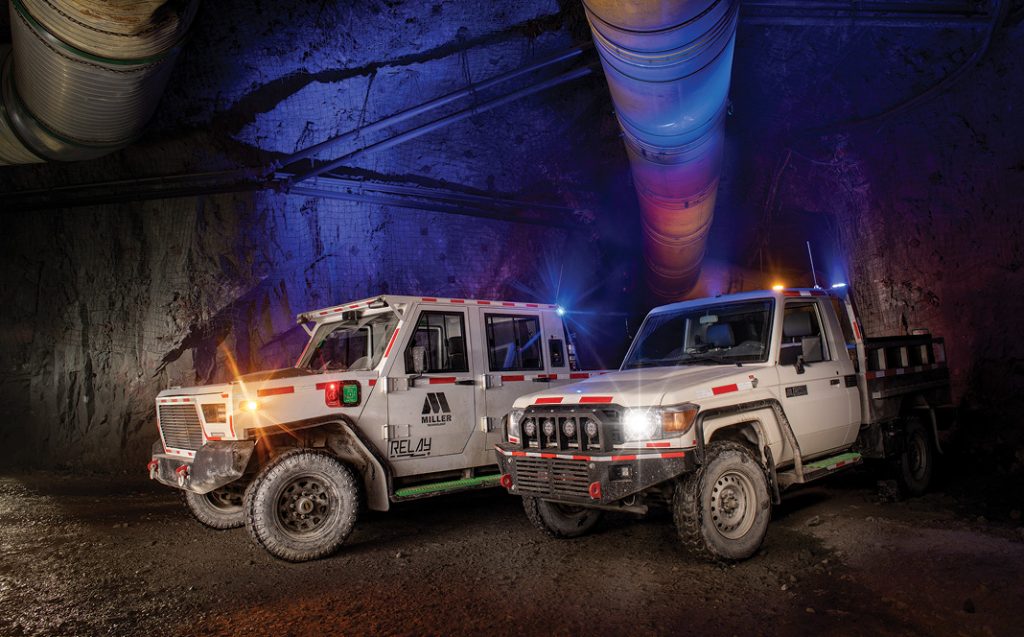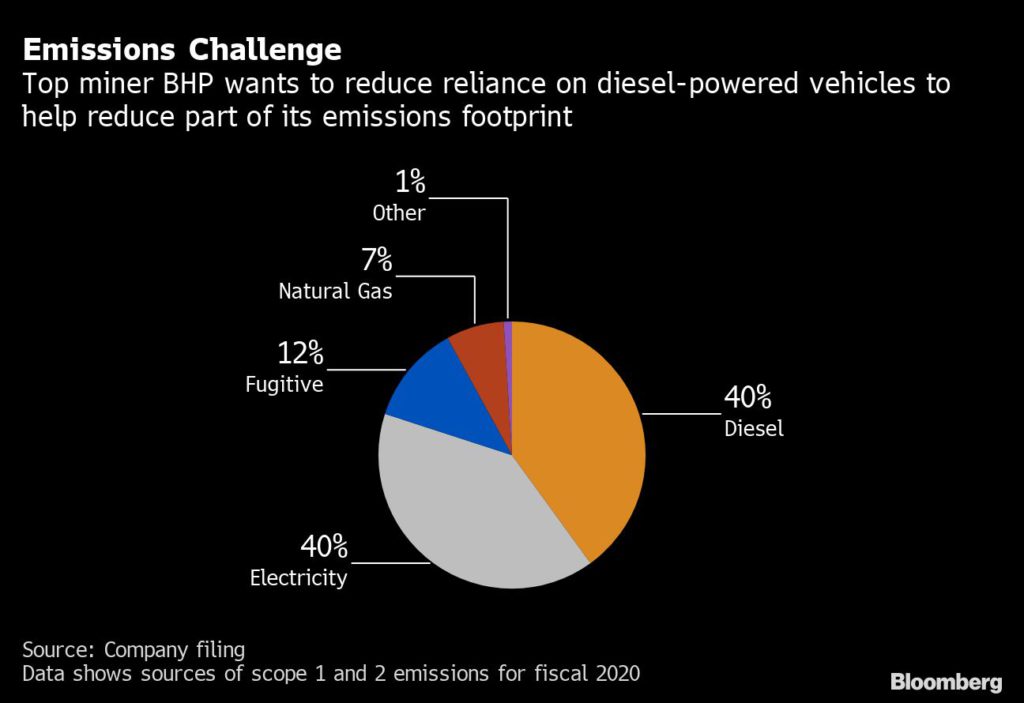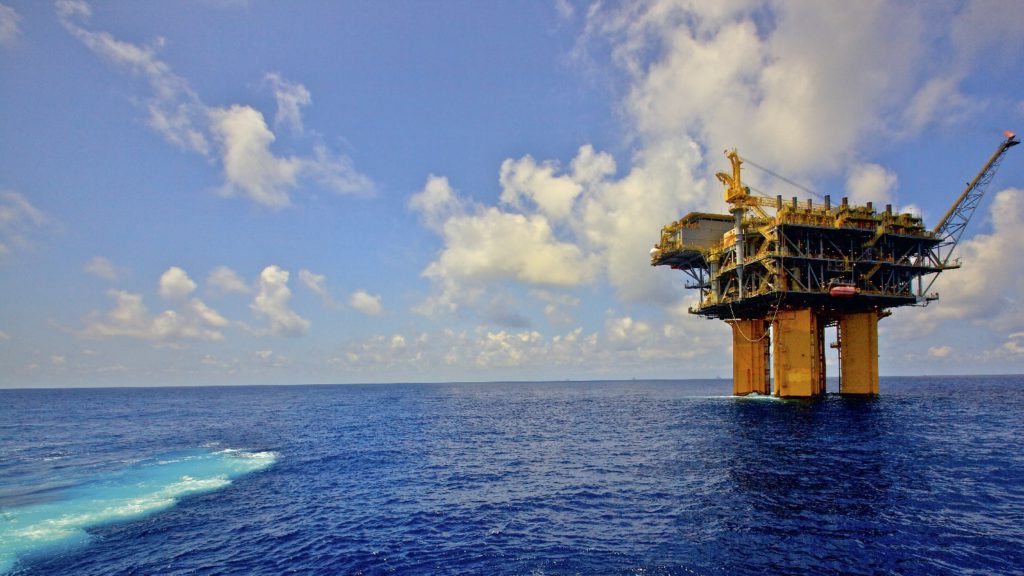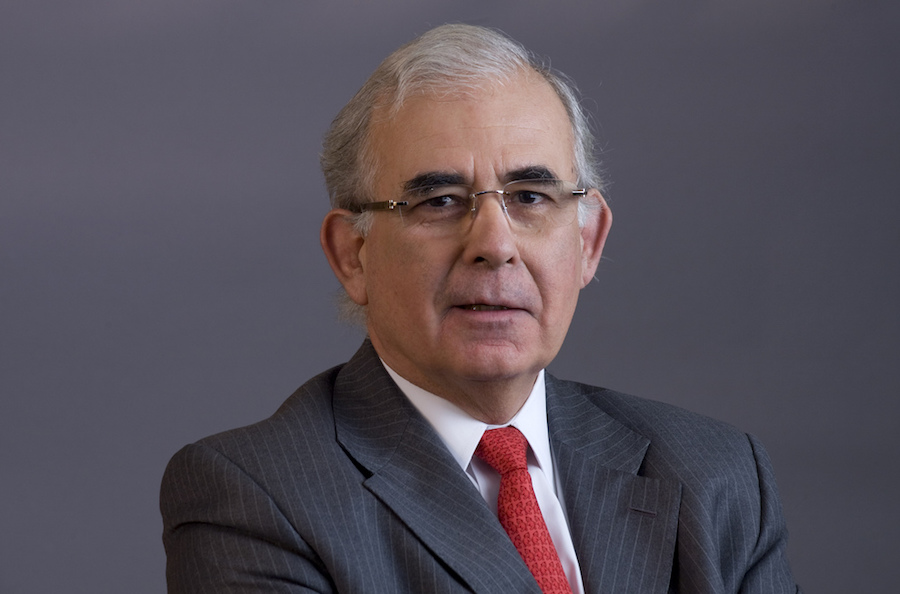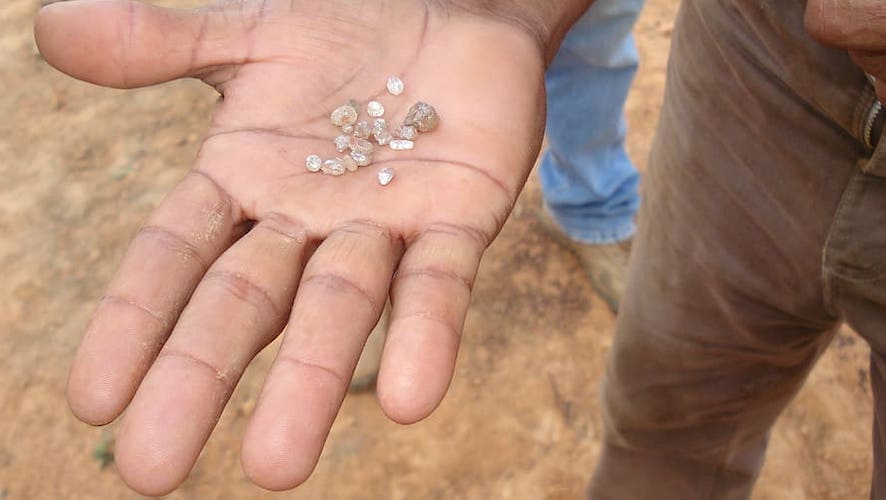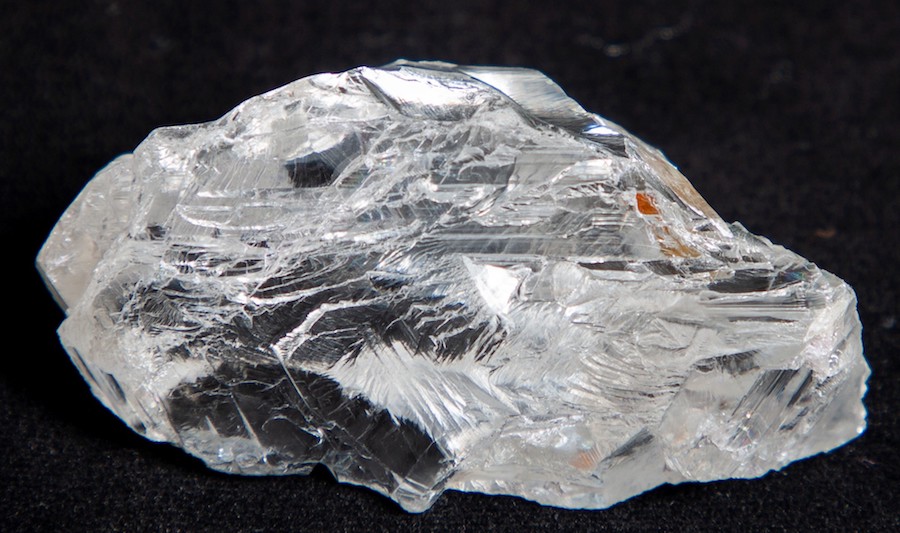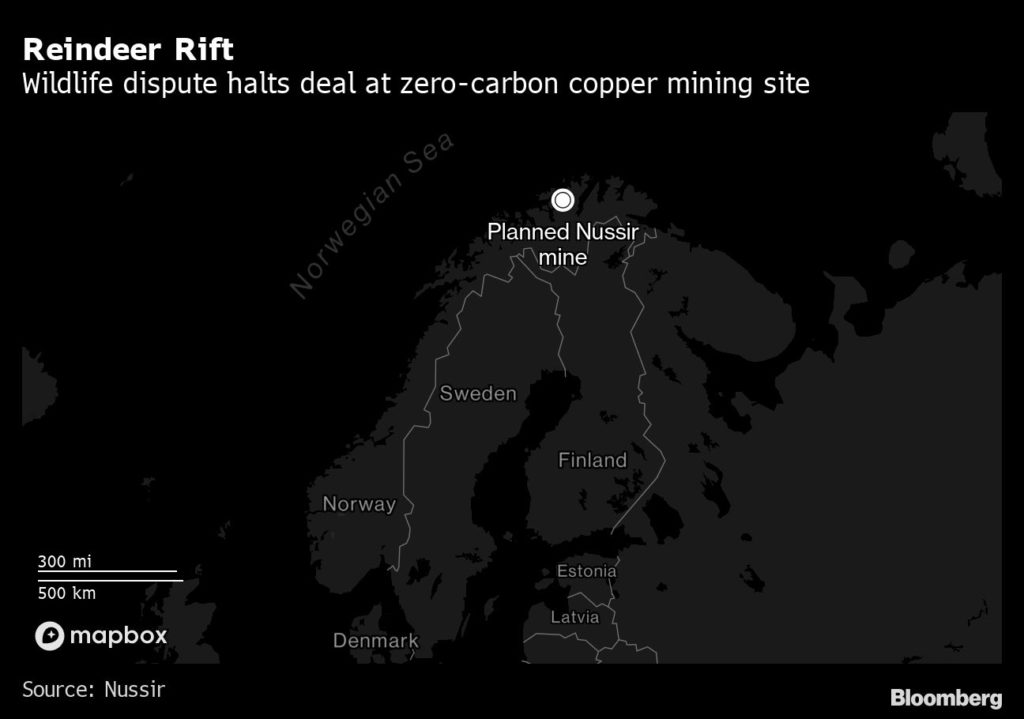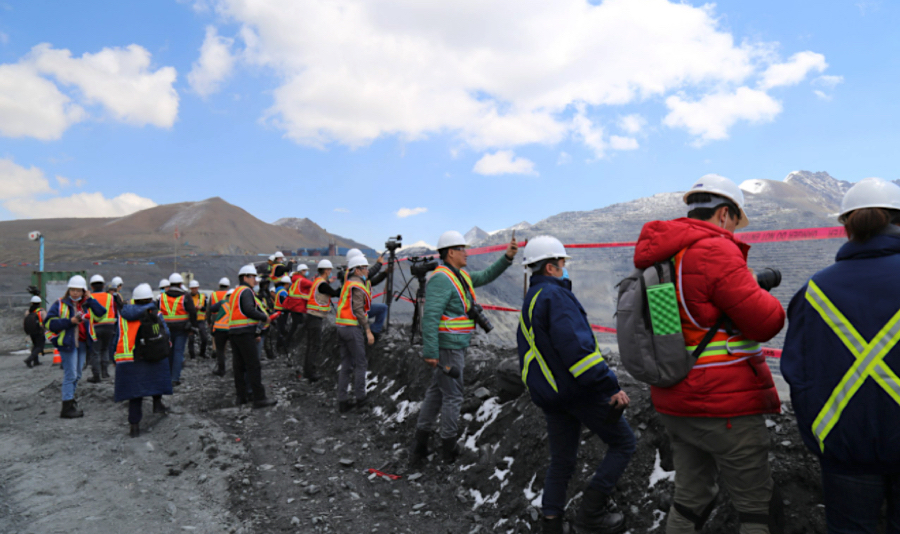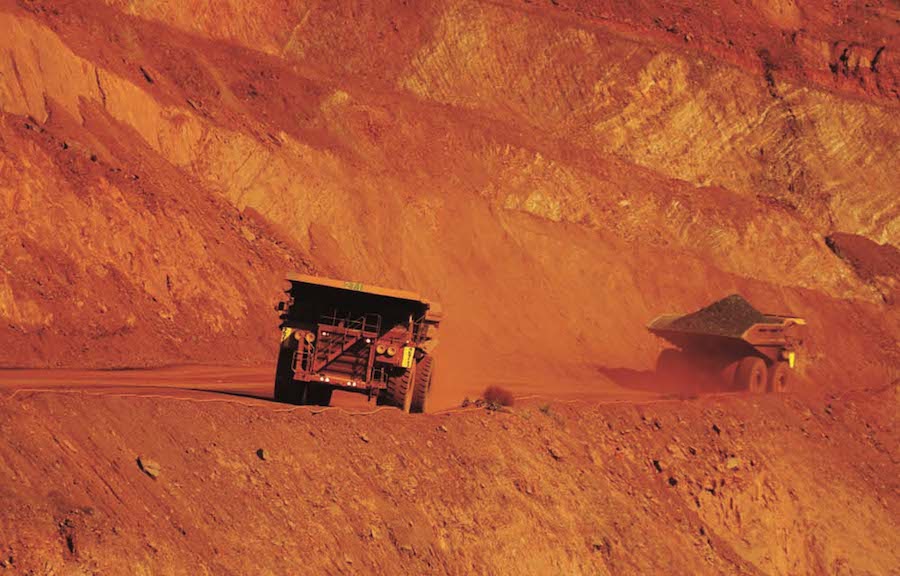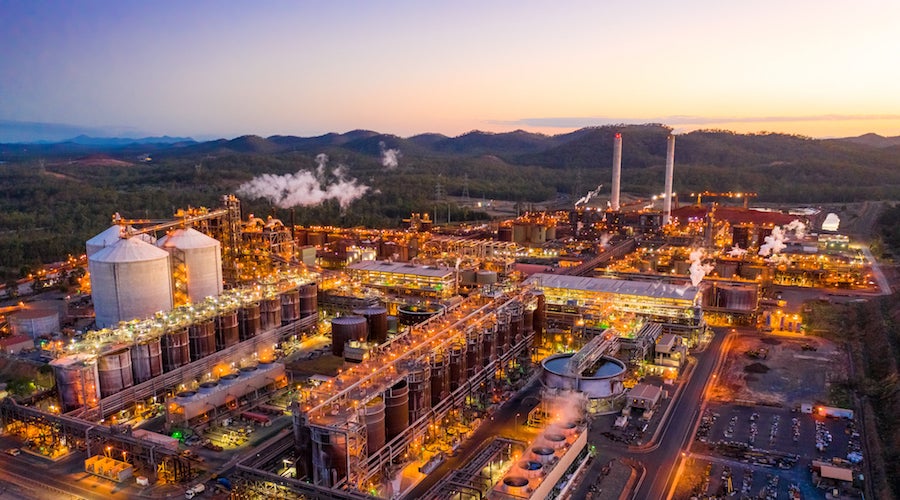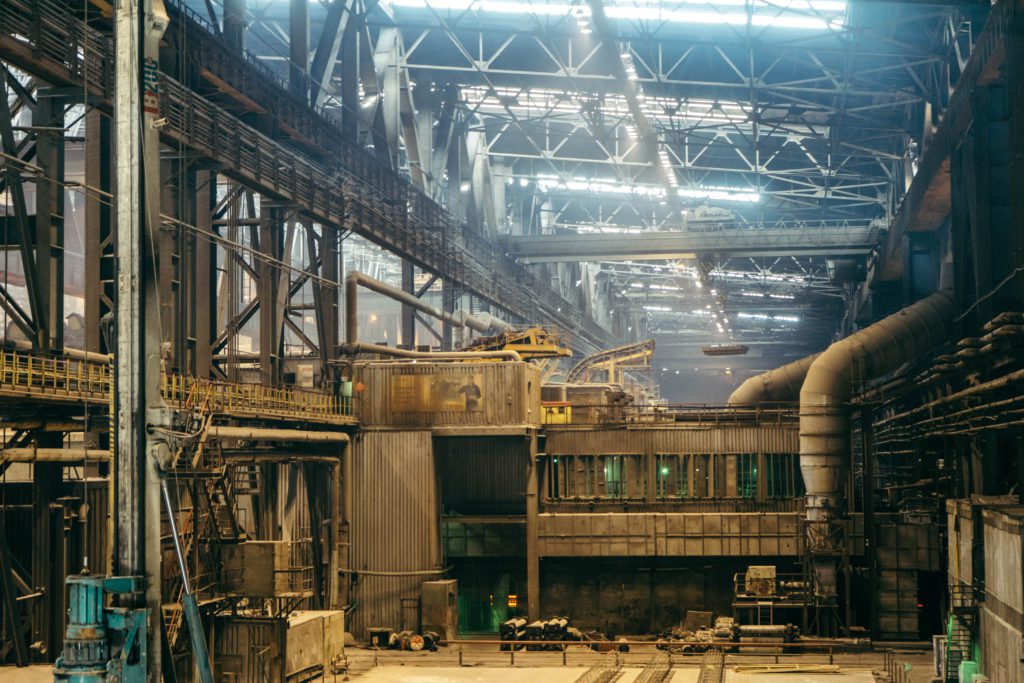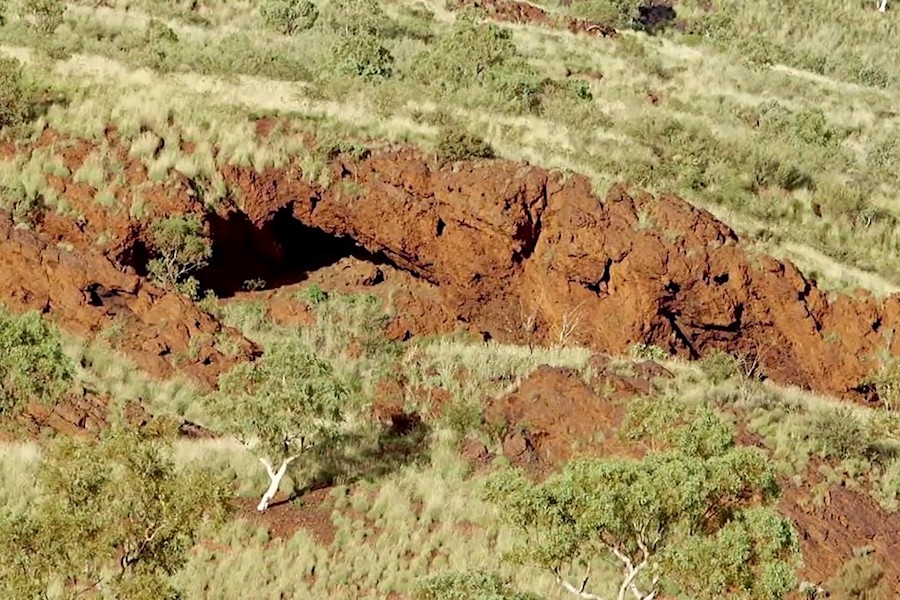Reuters | August 25, 2021 |
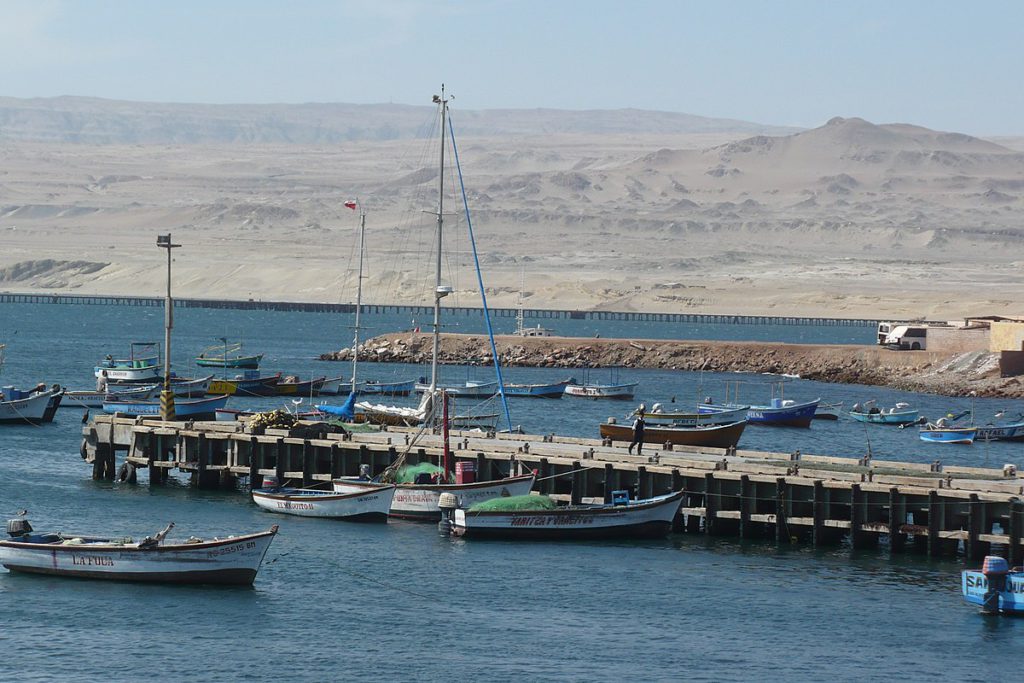
Harbour in San Juan de Marcona, Peru. Credit: Wikimedia Commons
Peru is asking help from mining companies Las Bambas, of China’s MMG Ltd, and Grupo Mexico’s Southern Copper to build a rail system from a mineral-rich Andean zone to the country’s central Pacific coast, Mining Minister Ivan Merino said in an interview.

Representatives of both companies said they were open to discussing participation in the railroad, which would be used to transport both commodities and people. Peru is already the world’s No. 2 copper producer, and the country’s new government want to further develop the sector.
The railway, in the technical evaluation stage and with construction scheduled to start in 2023, would start in Cusco or Apurimac and go to the port of Marcona, Merino told Reuters in an interview late on Tuesday.
PERU’S SOUTHERN ANDEAN REGION HAS LARGE MINES SUCH AS MMG’S LAS BAMBAS AND GRUPO MEXICO’S LOS CHANCAS
“The cost of the project is being evaluated,” the minister said, adding that the train should be ready to roll in 2028.
Peru’s southern Andean region has large mines such as MMG’s Las Bambas and Grupo Mexico’s Los Chancas.
Las Bambas produces an average 350,000 tonnes of copper per year and Los Chancas is a $2.6 billion project, currently in the environmental impact study phase. Southern Copper plans to produce 100,000 tonnes of copper per year at the site.
“They are part of the project,” Merino said.
Asked about the plan, Southern Copper Vice President of Finance Raul Jacob said that he had discussed the train proposal with Merino.
“We consider it an interesting project that must be carefully evaluated,” he told Reuters in a written message.
MMG ‘s corporate affairs manager, Maggie Qin, said in an email that Las Bambas is aware of the railway plan.
“We are willing to work closely with the government and help it when and where it is needed,” she said.
Australia-based MMG is a subsidiary of Chinese state-owned enterprise China Minmetals Corp.
(By Marco Aquino and Hugh Bronstein)
Reuters | August 26, 2021 |

Guido Bellido. Credit: Wikipedia
Peruvian Prime Minister Guido Bellido asked Congress on Thursday for legislative powers for the executive on tax matters as he seeks a first vote of confidence for the new cabinet of leftist president Pedro Castillo.

Bellido said that the government also plans to tap the excess profits of mining companies at times of high international prices of raw materials. Peru is the world’s second largest copper producer and mining is the engine of the Andean country’s economy.
(By Marco Aquino and Aislinn Laing)
